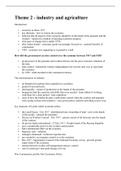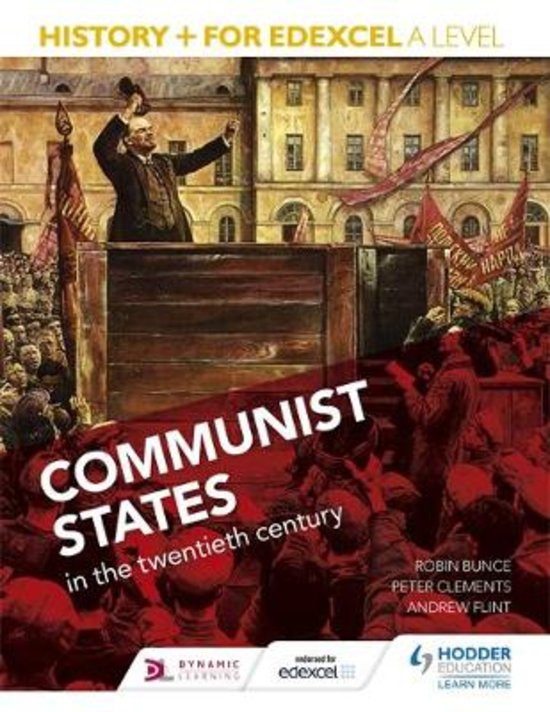Summary
Summary HISTORY RUSSIA THEME 2 NOTES (A*)
- Institution
- PEARSON (PEARSON)
Communist Russia theme 2 notes in full. perfect if you don't want to read the whole textbook. all necessary info. got me an A*. perfect for cramming + essay plans/exam questions. more concise than textbook but plenty of detailed info!!
[Show more]




